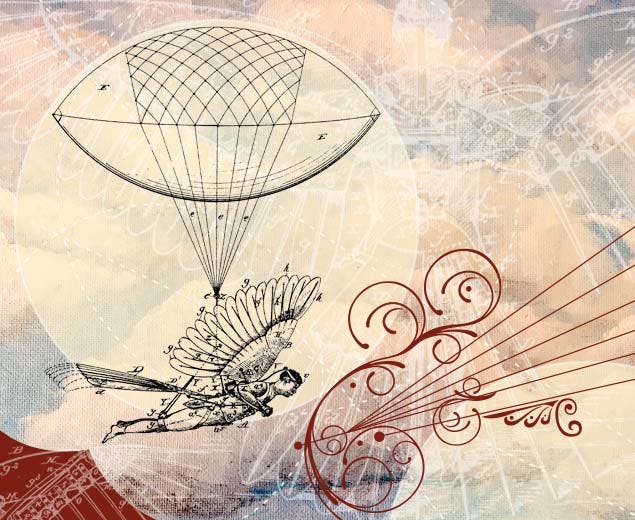Patent Wars
Wing Warping
The Wright brothers’ wing warping invention from their 1902 glider include an elevator (31) and a moveable rudder (22) that enabled a pilot to control roll (up and down movement of the wings), pitch (up and down movement of the aircraft’s nose), and yaw (side- to-side movement of the nose). This three-axis control proved to be the key innovation that made controlled, sustained flight possible. Between 1909 and 1917, Orville and Wilbur filed multiple lawsuits against other aircraft manufacturers who, they felt, had infringed upon their patent. The court battles were expensive, time consuming, and led to public feuds between the Wrights and aviation pioneer Glenn Curtiss and the Smithsonian Institution.

